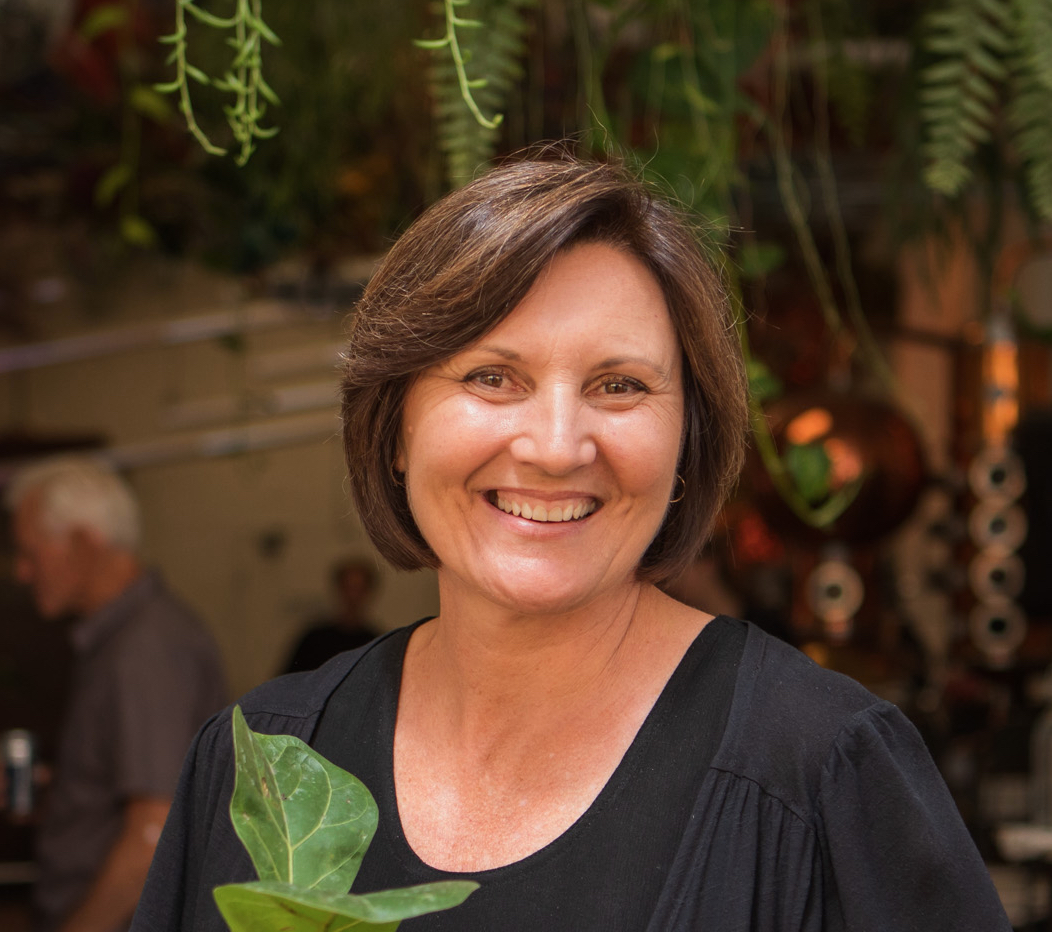 What do you do with a failed guide dog? Get her into the lucrative business of sniffing our truffles of course!
What do you do with a failed guide dog? Get her into the lucrative business of sniffing our truffles of course!
Well that’s the 2nd chance at success given to Zita, a very friendly golden labrador, who’s going through her first few weeks on the job. She is gorgeous and perhaps a little too friendly for a working dog, so we can see why she’s failed to cut it with the guide dogs as she licks and plays with the crowd gathered for today’s truffle hunt. But once her working collar is on the mood changes: she’s here for a reason, she’s a dog with a purpose and she’s focused. Well … with only a few slight distractions putting her off the job at hand, after all, this is her first season so we can cut her some slack. We’ve been instructed not to touch her once the collar is on and to turn around and ignore her if she approaches us, so we all do our bit since we’re here for the truffles too.
There is a particular symbiotic relationship with the dog, her trainer and the farmer. None can exist without the others. Each depends on the quality and experience of the others; one fails and they all fail. It’s been a nervous time for all three ever since the previous working dog and trainer were poached over to Western Australia to another farm. Yes – poached! I told you there’s a lot of money to be made in truffle farming and it seems that it’s possibly becoming cut-throat in this burgeoning Australian industry. We’re at Millthorpe Truffiere not far from Orange, NSW, where the first truffles were harvested in this region.
Zita was initially introduced to truffles via truffle oil. This had it’s drawbacks since oils are actually infused with a synthetic additive and not real truffles. It is apparently a very difficult thing to accurately reproduce the aromatics of real truffles. So think again before you fork out ridiculous amounts of money for an oil that only, at best, resembles the real deal! This became problematic when Zita’s trainer began having doubts if she could make the transition from oil to actual real truffles. After all, there’s not much money to be made in sniffing out truffle oil! Patience … a lot of patience and determination paid off when the truffle penny finally dropped for our newest working dog.
It’s wonderful to watch her at work. She is a machine … most of the time. Up and down the rows of young oak trees she goes, nose to the ground. Then suddenly she stops. We’re captivated and surprised by how quickly it seems to happen. We’re here for a total duration of 2 hours and it’s barely been 2 minutes before she looks like she’s onto something.
The dog sniffs and scratches the crumbly red basalt earth at the base of the tree then stands back for farmer Greg Good to take over. With chisel in hand, Greg sniffs, prods and scratches until he can feel the outline of the truffle. Then we’re invited to do the rest (the easy bit). Someone from the group jumps in, with nose touching dirt and carefully scratching to loosen the truffle. (We’ve been given tissues and plastic gloves before heading out to keep us clean and photogenic – no-one wants a photo with a dirty nose.)
We’ve dug up our first of many truffles. The smell is distinctive and like nothing else but it still looks like a piece of dirt until it’s later cleaned. Today we’ve collected around a kilo in total of various sized truffles. That’s on par with the weekly harvest over the next couple of months. At $2000 a kilo the farmers are well pleased and with only 90% of the farm still yet to mature and start producing, they have a bright future to look forward to. Now it’s back to the shack to let the chefs from Urban Graze work their magic for us.






 Twitter
Twitter Facebook
Facebook